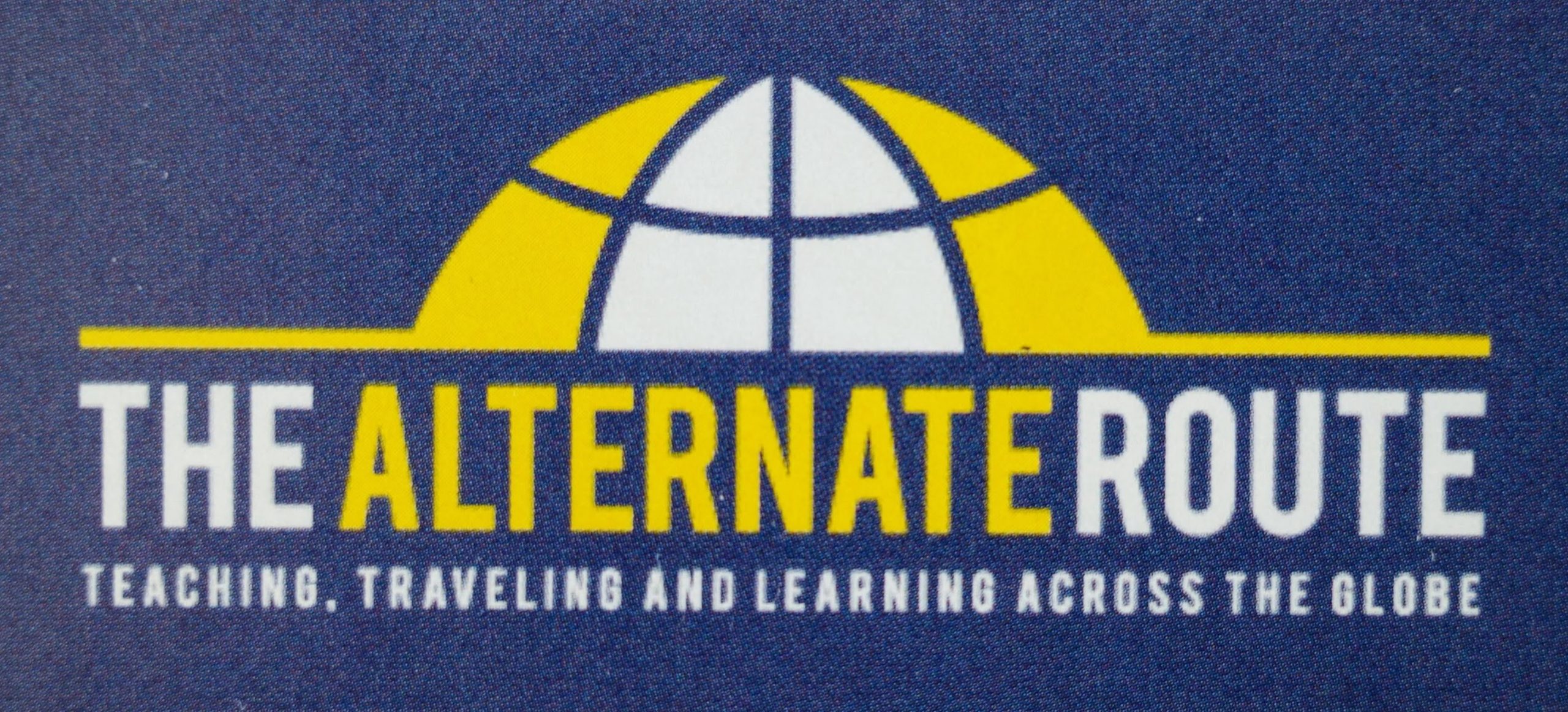I’m not going to explain the picture here, just know that it does somehow relate to the learning I’ve done this week in the Deeper Learning MOOC. As I was working on the Storify below, I made connections between deeper learning, students who are marginalized, multicultural education and the importance of teachers knowing their students.
The readings and activities this week have reinforced the idea that knowing a student well is often the key to a successful student/teacher relationship. Teachers who enter the classroom from the dominant culture (i.e. white, male, heterosexual, middle class, native English speaker, etc.) need to connect with teachers from other cultures who understand the viewpoint and cultural experiences of their students. I think technology such as Twitter and Google+ can be helpful in connecting teachers from different cultures. I hope to explore this further as I build my Professional Learning Network. Here is my Storify with some artifacts of my learning this week.
cc image by Marcus Qwertyus


February 22, 2014 @ 10:52
Tim, thanks again for your thoughtful reflections.
February 22, 2014 @ 15:09
Well said. I agree that the children need to see themselves reflected in teaching staff and classroom materials. All School Readiness Pre-K programs must become NAEYC Accredited. The criteria requires "knowing" each student, their family and culture and that teachers make sure students' cultures are represented throughout the environment.
Criteria Database
1: Relationships
1.D – Creating a Predictable, Consistent, and Harmonious Classroom
1.D.01 – Teaching staff counter potential bias and discrimination by
a. treating all children with equal respect and consideration.
b. initiating activities and discussions that build positive self-identity and teach the valuing of differences.
c. intervening when children tease or reject others.
d. providing models and visual images of adult roles, differing abilities, and ethnic or cultural backgrounds that counter stereotypical limitations.
e. avoiding stereotypes in language references.
2: Curriculum
2.A – Curriculum: Essential Characteristics
2.A.08 – Materials and equipment used to implement the curriculum reflect the lives of the children and families as well as the diversity found in society, including
a. gender,
b. age,
c. language, and
d. abilities.
Materials and equipment
e. provide for children's safety while being appropriately challenging.
f. encourage exploration, experimentation, and discovery.
g. promote action and interaction.
h. are organized to support independent use.
i. are rotated to reflect changing curriculum and accommodate new interests and skill levels.
j. are rich in variety.
k. accommodate children's special needs.
2.J – Curriculum Area for Cognitive Development: Creative Expression and Appreciation for the Arts
2.J.01 – Children are provided varied opportunities to gain an appreciation of
a. art,
b. music,
c. drama, and
d. dance
in ways that reflect cultural diversity.
2.L – Curriculum Content Area for Cognitive Development: Social Studies
2.L.03 – Children are provided varied opportunities and materials to build their understanding of diversity in
a. culture,
b. family structure,
c. ability,
d. language,
e. age, and
f. gender
in non-stereotypical ways.